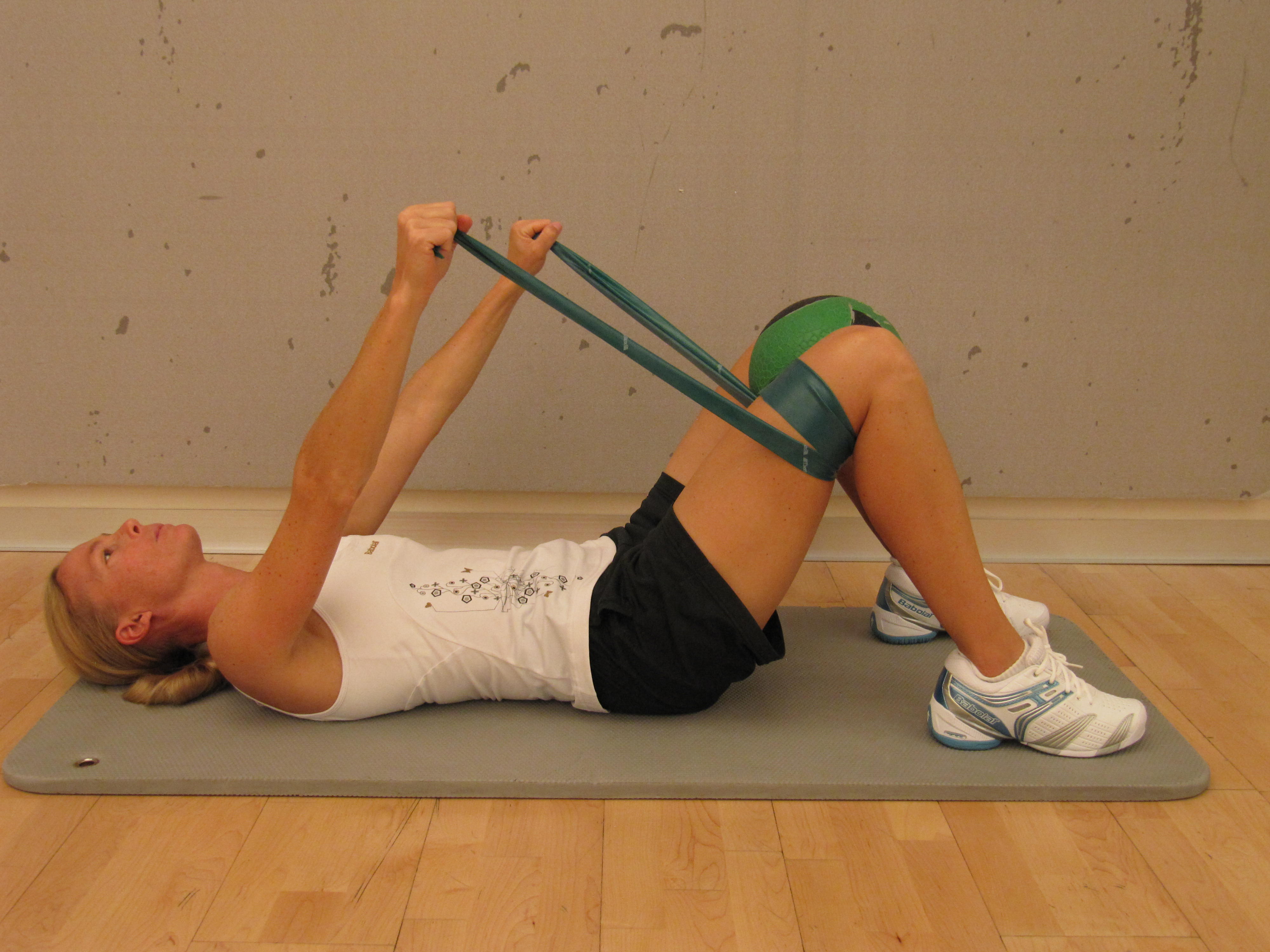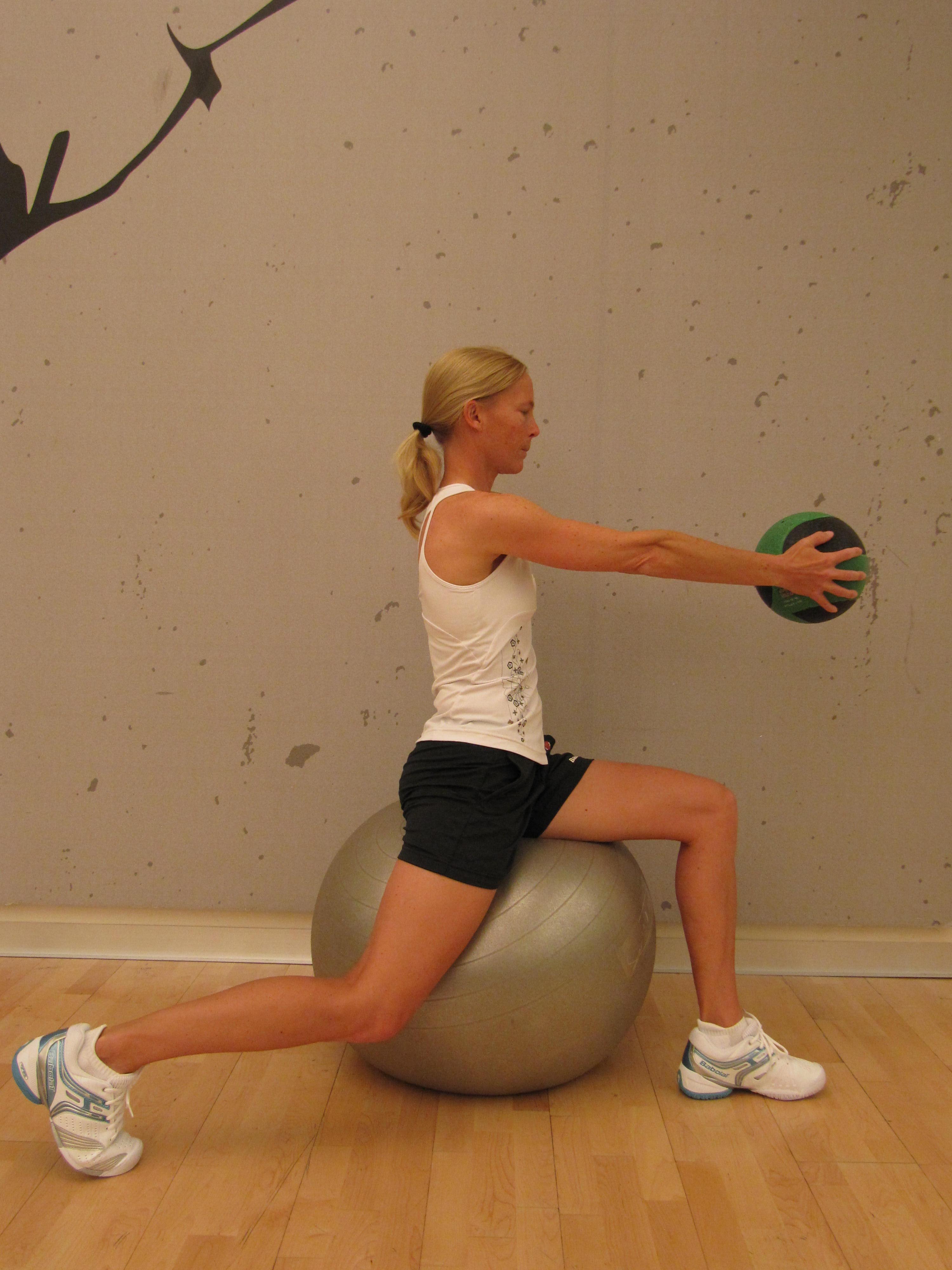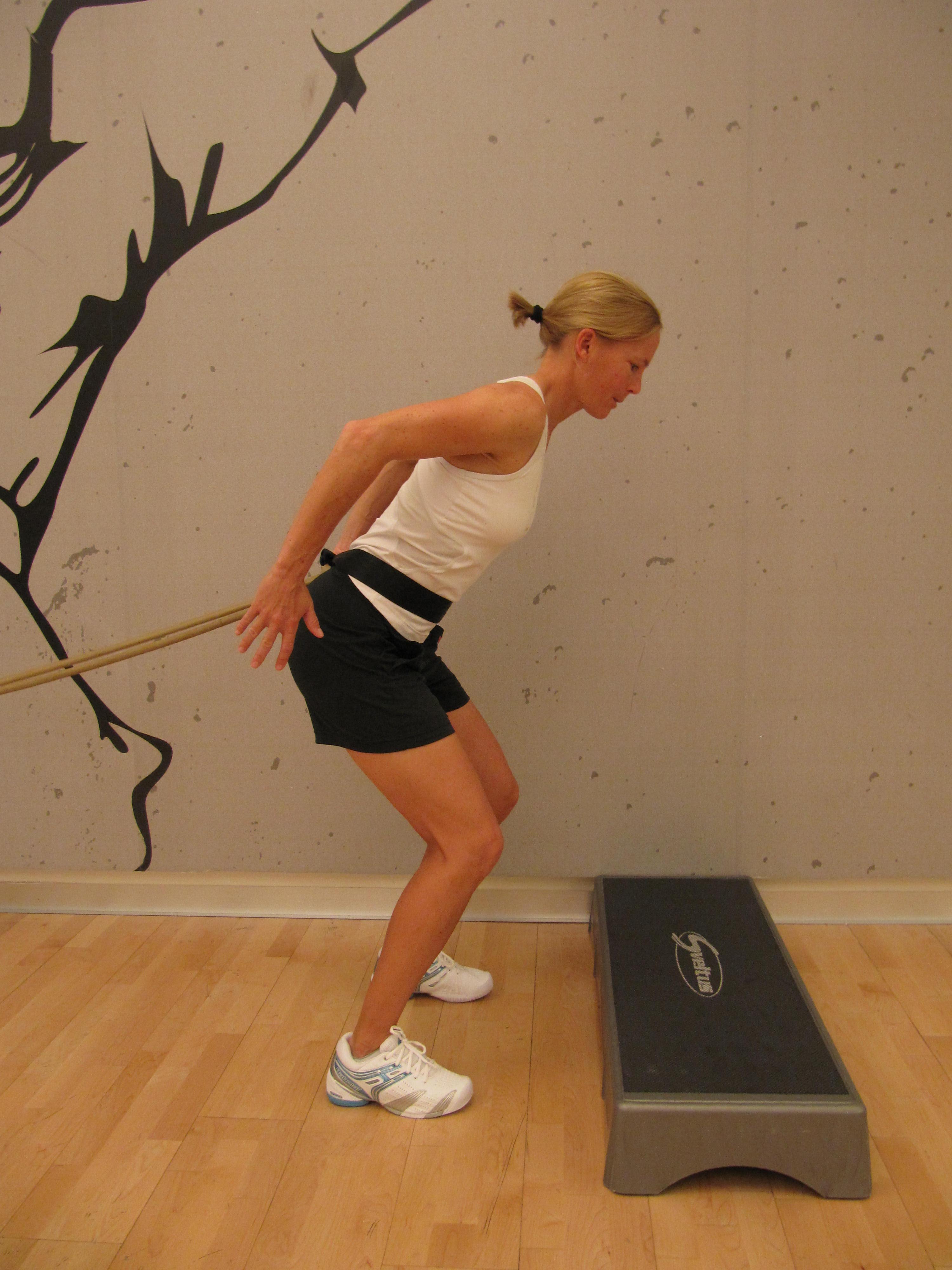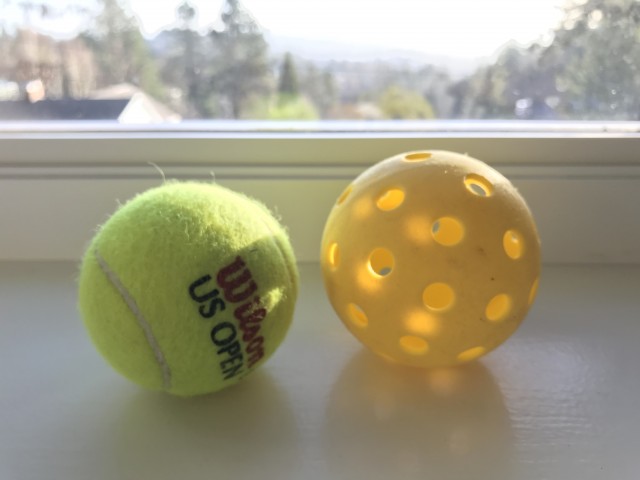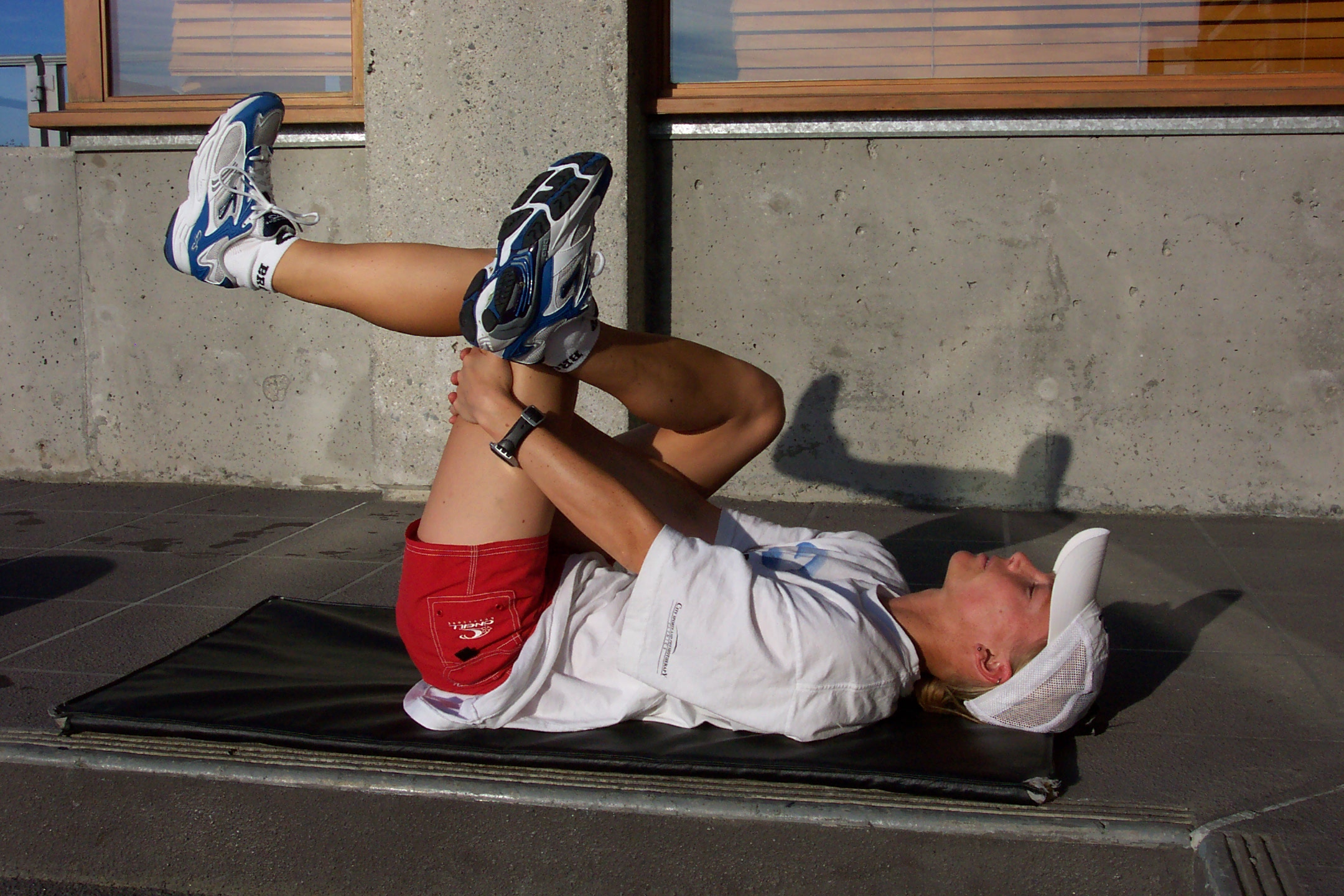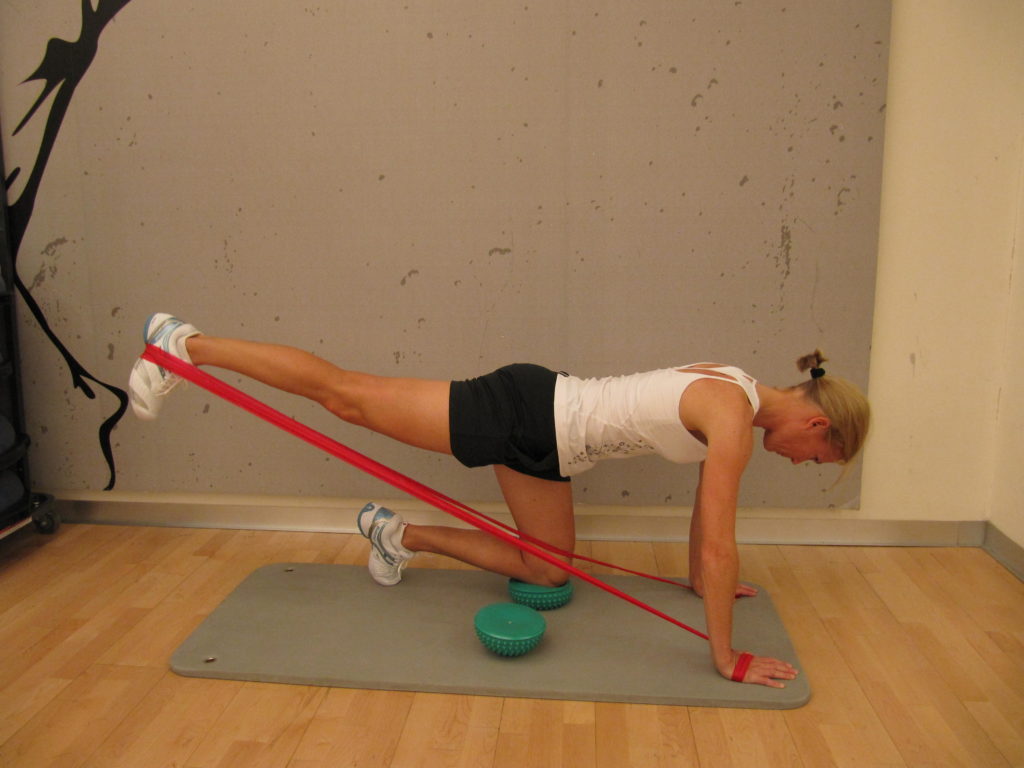
Gluteal muscles get weak from prolonged sitting strengthen them with this hip extension exercise.
by Carl Petersen BPE, BSc (PT)
The Holiday Season has come and gone, no doubt leaving some of us feeling worse for the excess. Some New Year’s resolutions will be undoubtedly broken. Keeping up your Fit to Play™ exercise program for pre-season tennis is one of the best lifestyle and health choices that you can make to improve fitness, on-court performance and protect against injury. Partaking in physical activity is highly effective in managing weight, promoting health and reducing stress. Getting in the habit of doing something daily regardless of the amount of fitness produced will help set the trend for an improved lifestyle.
Whether your goal is to just maintain fitness or improve it you need consistency and commitment. Unfortunately, with today’s fast paced lifestyles it can be inconvenient or downright impossible to get your fitness sessions in. This is especially true during the cold, wet winter months. Following are some ideas to ensure you get the most from your time and effort. The goal is to keep exercise fun and stay motivated.
Tips from the Fit to Play™ Team
List the Reasons ‘Why’
Create a list of reasons why you want to improve health, get fitter, lose fat and consistently exercise. Keep a pen and paper handy for several days and jot down things that come to mind. Review it each month or when you’re feeling less motivated. Making the list detailed is important since it is a powerful tool to quickly get you “re-motivated”.
Put Exercise on Your ‘To Do List’ and Plan Ahead
Three to four times a week reserve a time slot for exercise, don’t let anything interfere. Set the time and treat it like an appointment. Not setting a time means to trying to find the time in a schedule that is hectic at best. Choose a time that is the most convenient for you. If you plan on exercising first thing in the morning – plan ahead and get your clothes out the night before, or have your gym bag packed for the next evening’s class. The easier you make it to exercise the more likely you will do it, especially when other demands arise.
Commute with a Workout
Try heading to or from work using walking or cycling. Keep an extra set of clothes at work if they have a shower or find a fitness club nearby that you can get cleaned up in.
Walking or cycling can be done in any weather, just dress for it. Varying the route and changing the type of workout between continuous and easy intervals (a little faster) walk or cycle for short periods of time decreases boredom and also cuts down the stress of the day.
Do It Inside
If you can’t bear to brave the elements you can walk, stairclimb, row or cycle indoors. When the snow flies, walk on a treadmill, get on a stairclimber or elliptical trainer or exercises bike. Vary your home exercises routines for a good cross training effect and to decrease boredom.
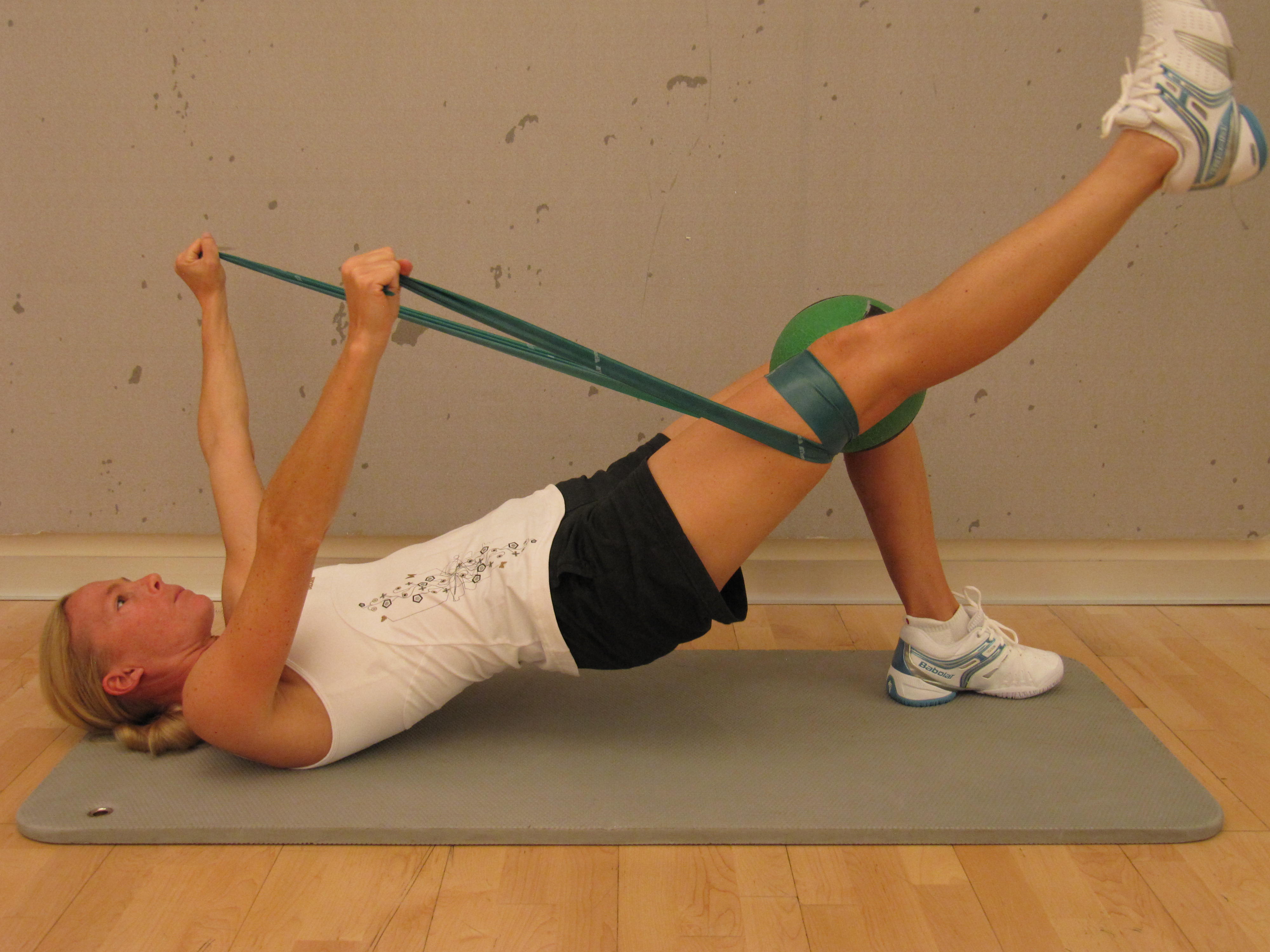
Work on Your Weaknesses
If you are already a strong walker, try cycling or stair climbing as an alternative. If flexibility is a problem for you ensure adequate time is spent stretching. If stability, strength or balance is one of your weaknesses then do more strength and stabilization drills. Give yourself an honest assessment of your exercise habits, strengths and weaknesses. Your exercise coordinator, physical therapist or trainer can help you identify problem areas and individually design your program. When doing any strength work concentrate on the weakest area first and when stretching always begin with the tightest muscle groups.
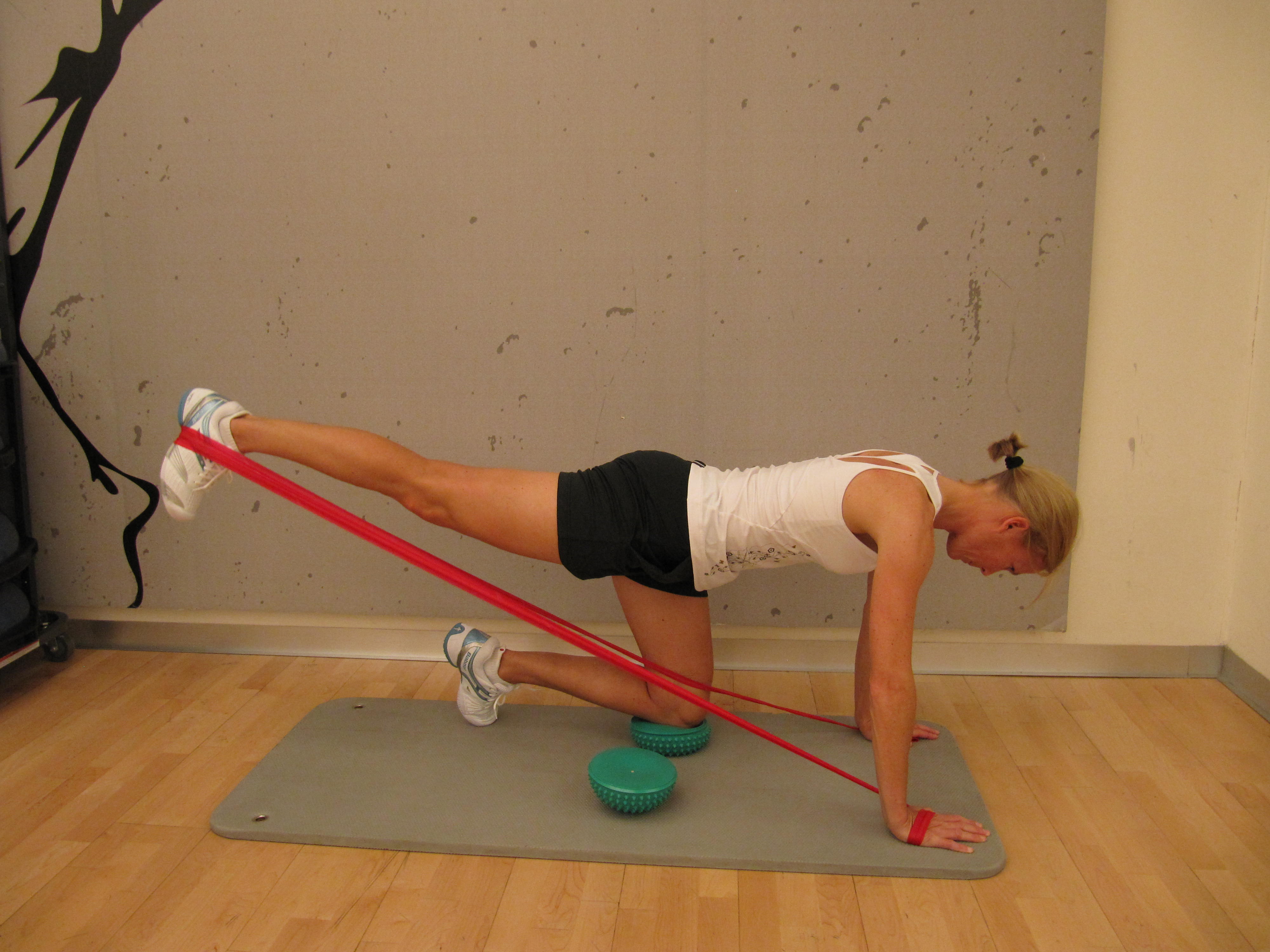
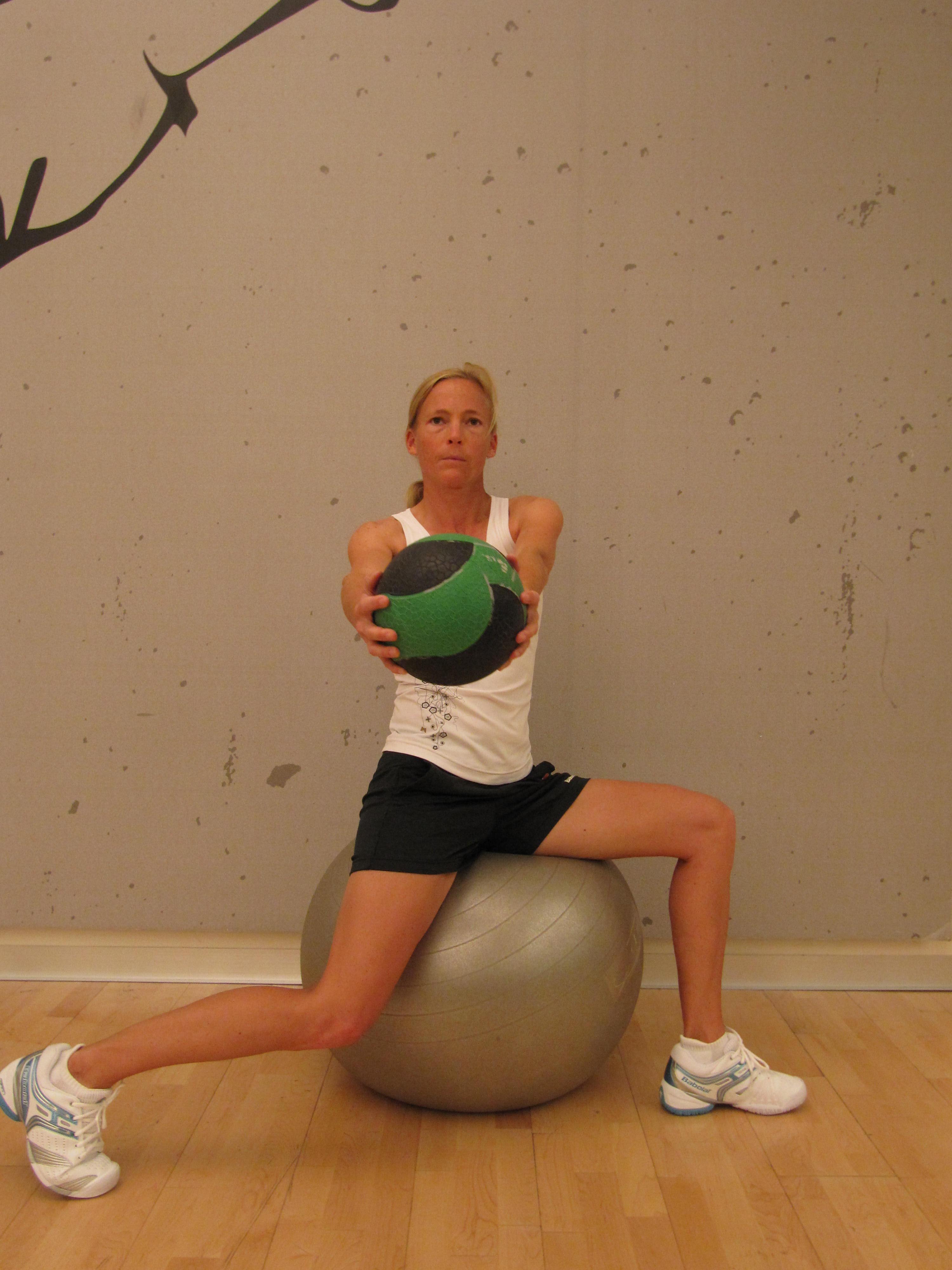
Walking Workouts
Of all fitness activities walking is the easiest, safest and cheapest (no special equipment except comfortable shoes and clothes). Walking is pleasurable done alone or with a companion or group. Few walking devotees ever get tired and quit. Walk to the store or to and from work, it’s a great break from the day. After meal walks not only help promote digestion but burn calories as well. Try different terrain walks in the forest or add some variety with small hills. Soft surfaces such as sand increase caloric output by almost 50%. By lengthening your stride, increasing your speed and keeping your elbows working you will feel and see the results more quickly.
Partner Up and be Patient With Yourself
Exercising with others will help motivate you when you’re feeling lazy or lethargic. Though, chose your exercise partner wisely. Pick someone who is reliable motivated and committed. Try meeting the friends for an exercise date once or twice a week or join an exercise class. Choose the approach that works for you.
Some days you will be more motivated or have more time than other days. When possible, do more (but don’t overdo it). When you can’t, do less, or do something different. Train harder when you feel like doing so, train longer when you have the time and energy.
Emphasize Quality
If the component your training is either aerobic or anaerobic, monitor your intensity by using the talk test or rate of perceived exertion to ensure you are working at the right intensity. When strength or stability training, give adequate rest intervals between sets of exercises, try 60 seconds. If doing hopping and bounding training start slow and give yourself adequate rest between sets of exercises. This ensures that the circulation has time to replenish the local energy (muscle fuel stores) and flush out the waste products produced. Use these rest intervals to stretch or warm up other body parts, as well keep moving to promote removal of waste products in the muscles and decrease the chances of increasing muscle tension or soreness.
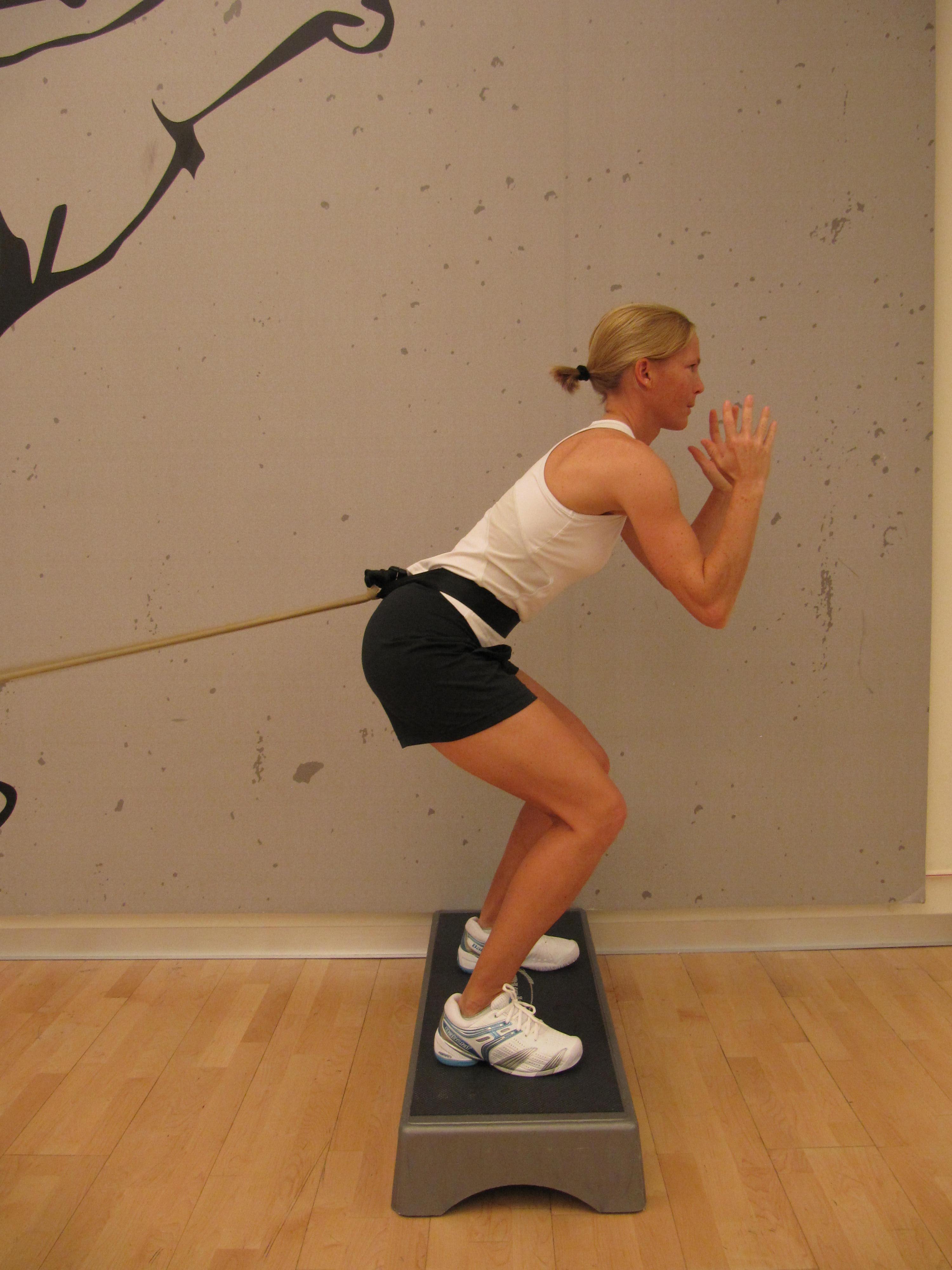
Minimize Quantity
Forget about the “NO PAIN- NO GAIN” mentality. Training or exercising should not be painful, if it is you are working too hard, failing to rest your body between sessions or wearing the wrong shoes. By emphasizing quality you can decrease the amount you have to do and still get an effective workout in a short time. Go in with a good mindset and get your workout done.
Exercise Splitting
If you can’t find 30 minutes per day in one session try splitting it into two 15 minute sessions, or three 10 minute sessions timed for your convenience. This keeps you from skipping the workout.
Keep it Fun
Custom fit your exercise approach to make it more enjoyable and convenient. For instance, read, watch TV, or listen to your favorite music while pedaling on a stationary bike or walking on the treadmill or stretching. Watch the evening news while you exercise. Set up a living room circuit of strength and stability exercises, alternating with step ups for an aerobic boost while you watch television. If it’s not fun “Why do it”?
Carl Petersen is a partner/physiotherapist at City Sports & Physiotherapy Clinics in Vancouver. He has co-authored the book Fit to Play™-Tennis and the DVD series Fit to Play™ & Perform with Swiss based coach Nina Nittinger. Info at www.citysportsphysio.com or e-mail carl@citysportsphysio.com. For more training info follow Carl on Twitter @Fit2PlayCarl
